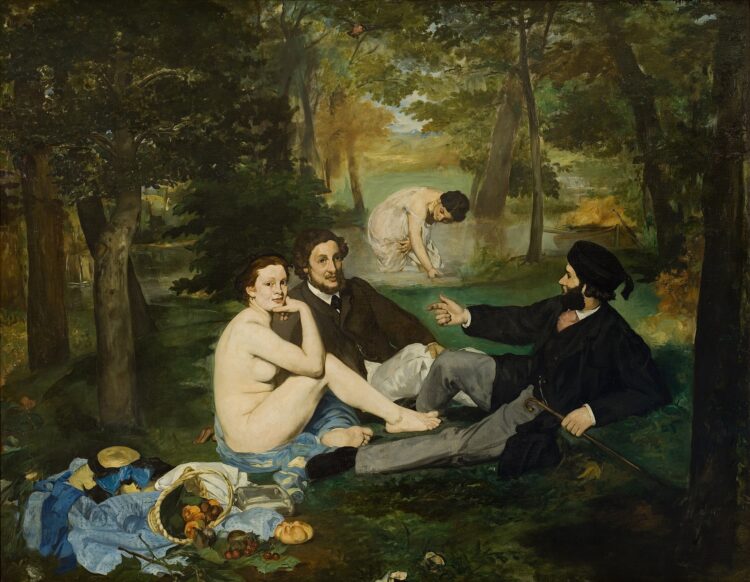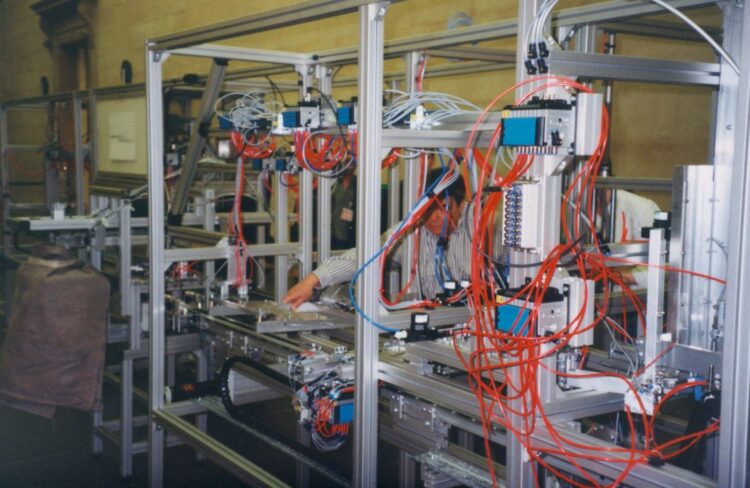Guest editor: Dunja Nešović
Deadline: 21 August 2022
Published: January 2023
Failure – the notorious F-word – is inevitable. The discrepancy between the expectation (or promise) and the ability (or willingness) that produces failure can equally result in catastrophe, resistance, or even mundane disappointment. The different manifestations and outcomes of failure correspond to anthropologist Arjun Appadurai and media scholar Neta Alexander’s proposal that failure is a judgment.[1] As a judgment, failure is defined by both the structures of its appearance and the agents producing and affected by it.
We want to question how the judgments on failure are connected to the different temporalities a failure can assume? In other words – how do we define something to be a failure when factoring in its longevity, repetition, or place in the past, present, or future? Moreover, what kind of reactions, strategies and poetics come out of them?
In the upcoming issue, we ask for contributions that tackle the long and short failures, failures in the past, present and future, cyclical failures that forge our sense of never-ending frustration, and one-off failures that are easily ignored, for better or for worse. We ask to question what comes before or after failure, or is in sync with it, and what strategies for dealing or working with failure these different temporal modes produce.
We accept artworks, interviews, conversations, scripts, articles, analyses of artworks, academic texts, manifestos and poetic reflections on failure.
Failure as a prologue, epilogue, or a (narrative) disruption
In 2021, the internet was full of judgments about the success or failure of various celebrities. “Flop era” entered the vernacular to denote an artist’s unfortunate positioning on the axis of success. A “flop era” comes before or after success in a career narrative – a steppingstone or a decline – and as such was grounded in temporal linearity, equally isolating failure as belonging to an ‘era’ and giving it continuity with success as its predecessor or potential successor.
Art history is full of stories of struggling, or rejected, artists, for some of which the “flop-era” lasted a lifetime. However, a particular case of success following one’s failure is exemplified by the Salon des Refusés (Salon of Rejects) in 1863 in Paris, that exhibited artworks rejected by the official Paris Salon, and featured some of the artists who later became a part of the canon.

However, the failure which comes before success is often a luxury – and like other luxuries, it becomes a commodity that only few can truly afford. Positing failure as ‘an early attempt’ of success was recognised by Alexander and Appadurai as a discursive strategy of Silicon Valley in which failures are celebrated as ‘disruptions’ produced by bold risk-takers that are more often than not presented as ‘experimentation’ stages that foresee success. For the unlucky majority, the attachment to the happily ever after (the disruption), becomes a relation of cruel optimism, as Lauren Berlant would name it, in which “something you desire is actually an obstacle to your flourishing.”[2]
Failure, repeated and forgotten

The Sisyphean robot from Sun Yuan & Peng Yu’s installation Can’t Help Myself, programmed to repeat several movements in order to contain the liquid within a predetermined area, is bound to fail in its task, as the mischievous fluid constantly opposes its goal and instruments at disposal. Alexander and Appadurai note that users often find themselves in similar predicaments, especially when dealing with technofailure – the anxiety-inducing moments of buffering, slow connection, or overall technological breakdown – that leave them helpless and in need of a fix that is usually out of their power and abilities. Being accustomed to the failures that affect us is not only relevant to our relationship with technology, but to virtually every aspect of our lives. From market crashes to systemic failures of education, health care, and housing, failure overflows. Of particular relevance, as they note, is the fact that the aftermaths of both colossal and mundane failures generated from these flawed techno-political systems are often presented as the responsibility of the individual user, worker, or citizen. As such, they are left with being in constant and recursive communication with failure that creates a loop of frustration and powerless acceptance.
The finality of failure
In his seminal work The Queer Art of Failure (2011), Jack Halberstam identifies failure as an inherent queer mode of being; namely, queers are destined to fail in the heteronormative, capitalist social system that has equated success with “specific forms of reproductive maturity combined with wealth accumulation.”[3] The failure to adhere to these models might be read as a resistance strategy or a subversion of the dominant parameters of success. Engaging with failure in such a way makes way for acquiring alternative knowledge, shaping novel modes of being, and escaping the standardisation and uniformity that excellence has bestowed upon us. This perspective on failure might also be definite; refusing to comply with the norm/expectation can, should, must and will lead to bigger and brighter things, but “sometimes an end is not a new beginning: an end is an end is an end.”[4] When there is no ‘after’ of a failure, the lack of successful futurity equally produces freeing and enclosing structures that we are left to navigate out of spite or powerlessness. Such an alternative pathway is also drawn from the failure of the robot artwork to produce paper airplanes in Chris Burden’s When Robots Rule: The Two Minute Airplane Factory (1999). This particular definite malfunction left the audience to observe the technicians unsuccessfully trying to repair the machine; as well as the critics to interpret this turn of events as an artwork of its own.

Proposals (200-300 words) with attached résumés and related image material can be submitted until 21 August 2022 via redactie@tijdschriftkunstlicht.nl. Selected authors and artists will be invited to write a 2,500-word paper (excluding notes) or submit an artistic contribution. Authors who publish in Kunstlicht will receive three complimentary copies. Kunstlicht is a volunteer-run academic journal and is not able to provide an author’s honorarium; time is compensated with time. Three years following publication, papers will be submitted to the freely accessible online archive.
Dunja Nešović is a new media researcher, focused on investigating social media, digital cultures and visibilities. She graduated from an RMA in Critical Studies in Art and Culture at VU with the thesis Ways of Being Visible: Visibility of the Lesbian Identity on TikTok. During her time at the Institute of Network Cultures in Amsterdam, she explored the screenshot in the longform No Shot Like the Screenshot: Banal, Sublime and Dangerous and edited a hybrid publication PrtScn: The Lazy Art of Screenshot that gathered more than 30 contributors that took the screenshot as a topic of exploration or a medium of making.
[1] Arjun Appadurai and Neta Alexander, Failure (Cambridge: Polity Press), 2019.
[2] Lauren Berlant, Cruel Optimism (Durham: Duke University Press, 2011), 1.
[3] Jack Halberstam, The Queer Art of Failure (Durham: Duke University Press, 2011), 2.
[4] Ibid, 118.

